pseudomembranous colitis in babies
Jayakar AV Desai AG Dalal NJ Shah SC Narayan K. This review presents the microbiology management and prevention of pseudomembranous colitis PMC in children.
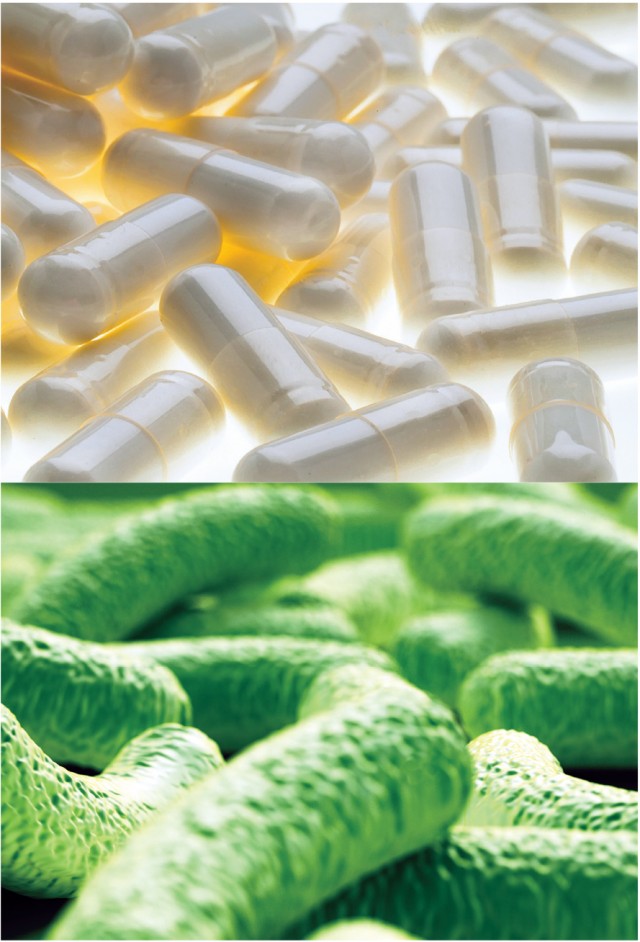
How To Diagnose And Treat Clostridium Difficile Today S Hospitalist
In four girls and five boys CT scans were.
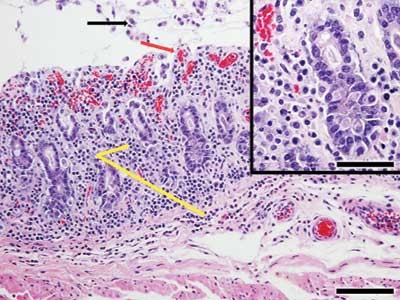
. Ampicillin amoxicillin the second- and third-generation cephalosporins and clindamycin. Up to 10 cash back A spectrum of nodular haustral thickening and an accordion pattern have been reported as specific features of pseudomembranous colitis PMC in adults. Rietra PJ Slaterus KW Zanen HC Meuwissen SG.
Fluoroquinolones such as ciprofloxacin Cipro and levofloxacin Penicillins such as amoxicillin and ampicillin Clindamycin Cleocin. The most frequently implicated antimicrobial agents were penicillins in six children and clindamycin in two. It is caused almost exclusively by toxins produced by Clostridium difficile.
Ten cases of antibiotic-associated pseudomembranous colitis in children are reviewed. Antibiotic-associated pseudomembranous colitis in children. Difficile which are more resistant to antibiotics has made treating pseudomembranous colitis increasingly difficult and recurrences more common.
Viscidi RP Bartlett JG. Pseudomembranous colitis PMC is commonly associated with hospitalization and prior antibiotic exposure. The most frequently implicated antimicrobial agents were penicillins in six children and clindamycin in two.
Pseudomembranous colitis remains a potentially lethal complication of antibiotic usage. However it is becoming more common in people who take antibiotics and are not in a hospital. The same numbers of C difficile found in adults with pseudomembranous colitis may be present in infants with no obvious adverse effects 3.
The most frequently implicated antimicrobial agents were penicillins in six children and clindamycin in two. Ampicillin penicillin and clindamycin are the drugs most frequently reported to cause pseudomembranous colitis in pediatric patients. Clostridium difficile and the aetiology of pseudomembranous colitis.
Identification of Clostridium difficile as the major pathogen has led to a rational successful approach to therapy and has widened the spectrum of associated disease. The natural occurrence of new more-aggressive strains of C. Usually appoint metronidazole at a dose of 250 mg 4 times a day for 10-14 days.
It is most often seen in people who are in the hospital. Performed with oral intravenous and rectal contrast. Pseudomembranous colitis in children INTRODUCTION.
Pseudomembranous colitis in children. Pseudomembranous colitis is uncommon in children and rare in infants. With each recurrence your chance of having an additional recurrence increases.
Bolton RP Thomas DF. The remainder of the small bowel is normal in appearance as is the appendix. PMC is commonly associated with prior antibiotic exposure and hospitalization.
Pseudomembranous colitis PMC occurs rarely in children but its incidences are increasing due to frequent antibiotic use. Pseudomembranous colitis PMC is inflammation in your colon that happens when theres too much of certain bacteria in your system. Pseudomembranous colitis PMC occurs rarely in children but its incidences are increasing due to frequent antibiotic use.
The cost of vancomycin for oral administration is much higher in addition this form has never been imported into the Russian Federation. There is a moderate amount of free fluid in the pelvis anterior to the uterus. The primary cytotoxin of C difficile toxin B may also be found in these infants but the presence of toxin A which causes intestinal fluid accumulation and mucosal necrosis in hamsters has not been demonstrated 3.
The pseudomembranous colitis developed 12 days after the last dose of ampicillin was given to the baby. Two cases of ischemic necrosis of the sigmoid colon associated with pseudomembranous colitis due to Schistosoma mansoni in children have been reported. The patients developed acute abdomen and underwent laparotomy that showed necrosis of the bowel.
Treatment of pseudomembranous colitis in mild and medium severe. Stool assays showed specimens from all ten patients yielded a cytopathic toxin which was neutralized by. A retrospective review of nine patients with PMC was performed to assess whether this spectrum of CT findings also occurred in children.
Stool assays showed specimens from all ten patients yielded a cytopathic toxin which was neutralized by Clostridium sordellii antitoxin. Treating recurring pseudomembranous colitis. Necrotizing enterocolitis a condition pathologically distinct from pseudomembranous colitis was also present.
This diagnosis should be suspected in any child with significant diarrhea during or after a course of antimicrobial therapy especially if the diarrhea persists after the drug has been discontinued. Ten cases of antibiotic-associated pseudomembranous colitis in children are reviewed. Stool assays showed specimens from all ten patients yielded a cytopathic toxin which was.
Extensive submucosal edema affecting the entire large bowel as well as a few centimeters of terminal ileum. The ages ranged from 4 years to 17 years. PMC is commonly associated with prior antibiotic exposure and hospitalization.
Pseudomembranous colitis in children and adults. Use of medicines that weaken the immune system such as chemotherapy medicines. Clostridial toxin in faeces of healthy infants.
While almost any antibiotic can cause pseudomembranous colitis some antibiotics are more commonly linked to pseudomembranous colitis than others including. This review presents the microbiology management and prevention of pseudomembranous colitis PMC in children. The ages ranged from 4 years to 17 years.
The ages ranged from 4 years to 17 years. Ten cases of antibiotic-associated pseudomembranous colitis in children are reviewed.
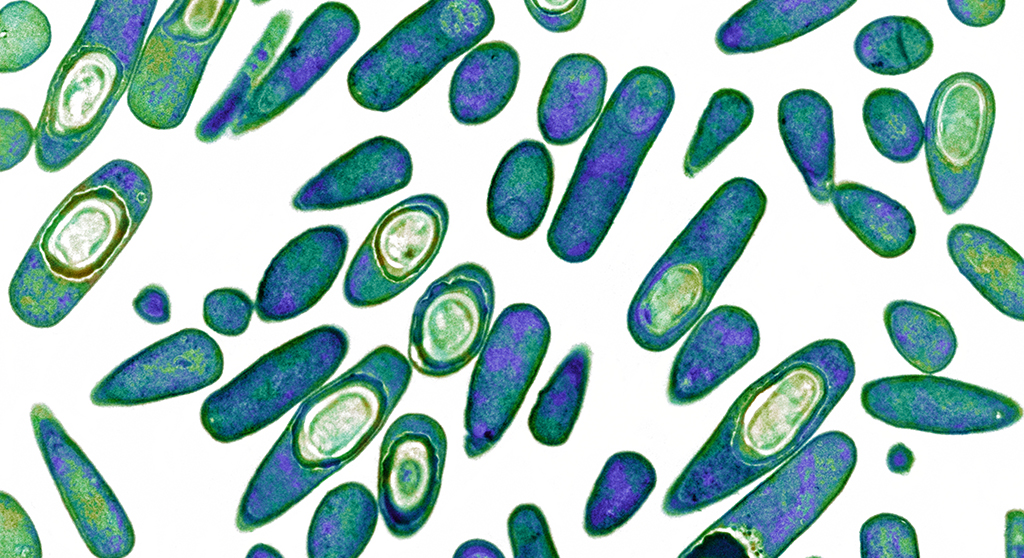
Clostridioides Difficile Infection Management The Pharmaceutical Journal

Diagnosis Clostridium Difficile Induced Typhlitis And Colitis Lab Animal

Veterinary Sciences Free Full Text Molecular Detection Of Toxigenic Clostridioides Difficile Among Diarrheic Dogs And Cats A Mounting Public Health Concern Html
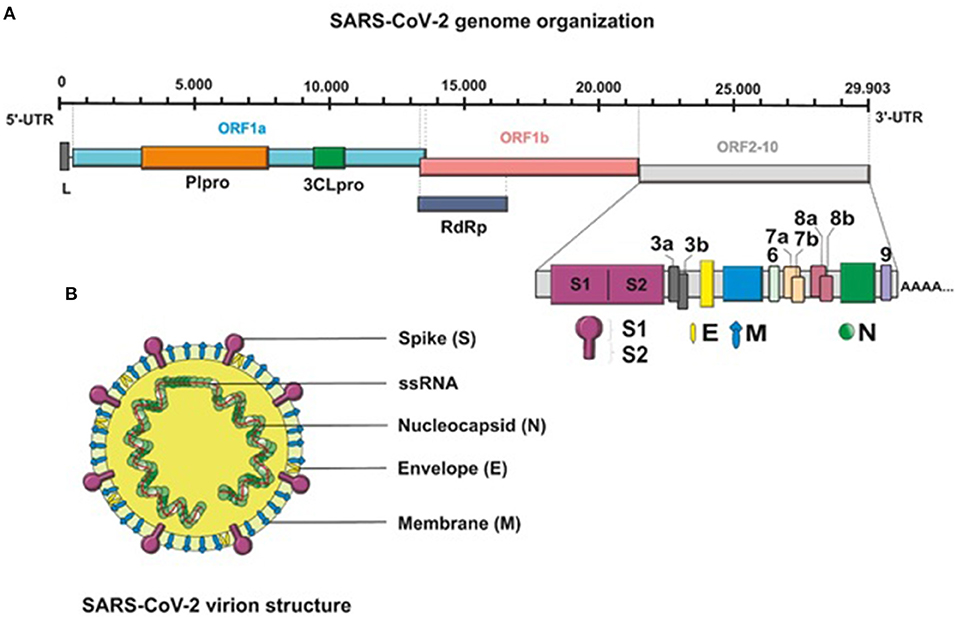
Frontiers How Does Covid 19 Pandemic Impact On Incidence Of Clostridioides Difficile Infection And Exacerbation Of Its Gastrointestinal Symptoms Medicine

Clostridioides Clostridium Difficile Colitis Workup Approach Considerations Stool Examination And Stool Assays Endoscopy

Pathogens Free Full Text Vancomycin Use In Children And Neonates Across Three Decades A Bibliometric Analysis Of The Top Cited Articles Html
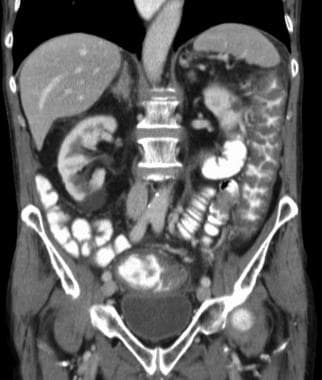
Clostridioides Clostridium Difficile Colitis Workup Approach Considerations Stool Examination And Stool Assays Endoscopy

Nurse Not Waitress Rectangle Magnet Nurse Not Waitress Rectangle Magnet By Julesnjj Cafepress Funny Nurse Quotes Nurse Nurse Quotes
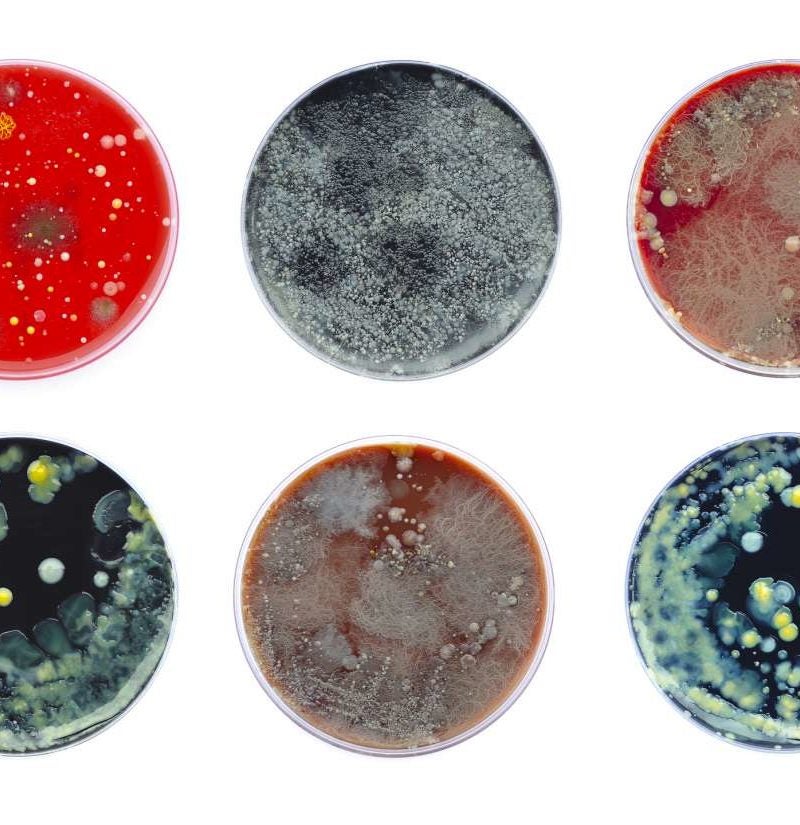
Common Pain Relievers May Worsen C Difficile Infection

Signs And Symptoms Of Ulcerative Colitis Ulcerative Colitis Pseudomembranous Colitis Colitis
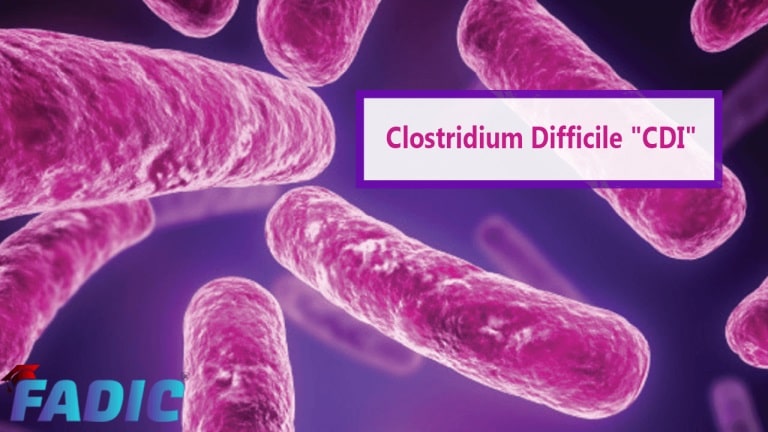
Cdi Clostridium Difficile Infection And Antibiotics
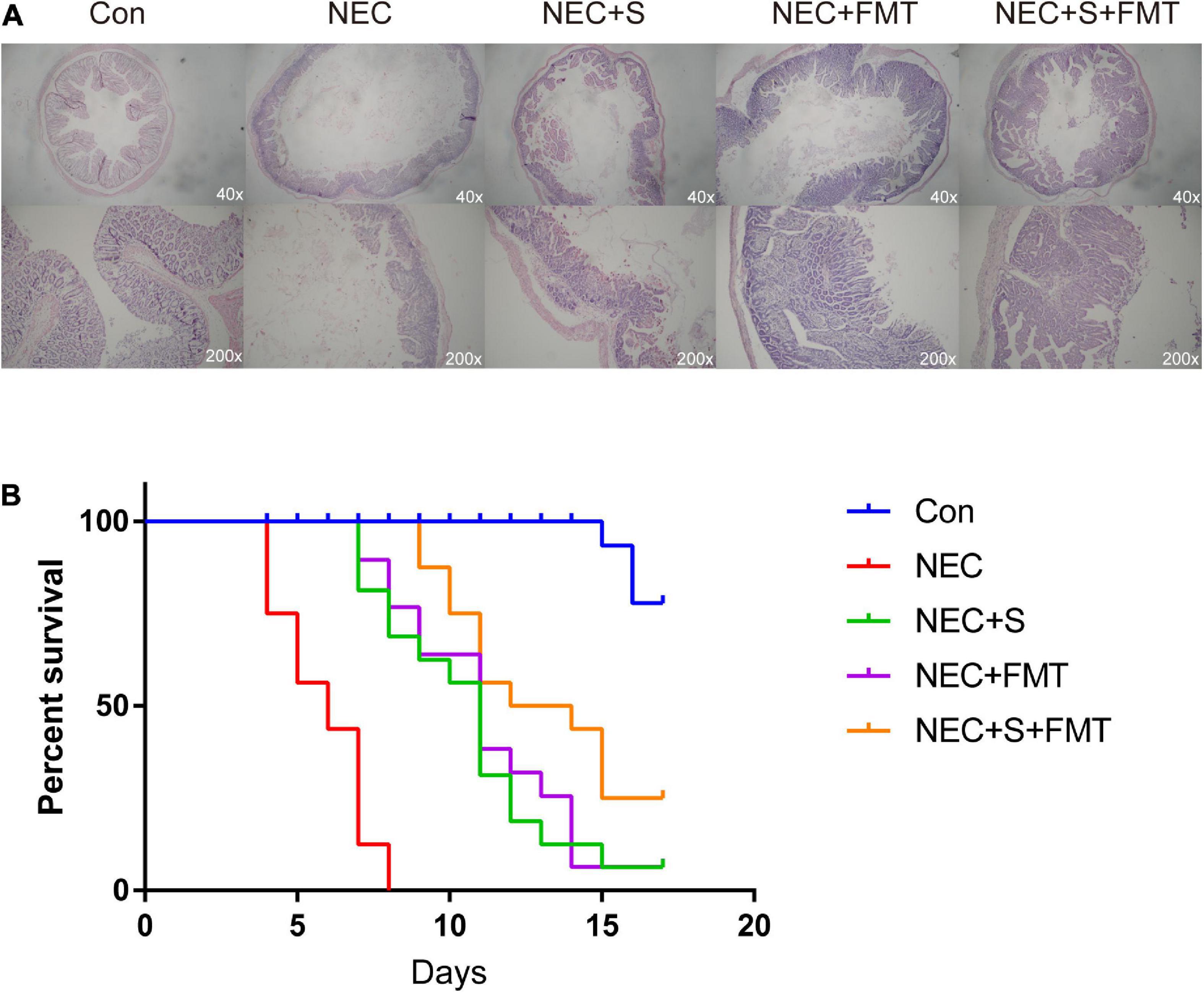
Frontiers Multiomics Study Reveals Enterococcus And Subdoligranulum Are Beneficial To Necrotizing Enterocolitis Microbiology

Clostridium Difficile In Dogs And Humans The Results Of An Epidemiological Study

Pin By Raghav Tiwari On Medicine Inflammatory Bowel Disease Crohns Disease Pseudomembranous Colitis

Diy Essential Oil Blends Diy Digize Blend Diy Essential Oils Essential Oil Blends Essential Oil Blends Diy
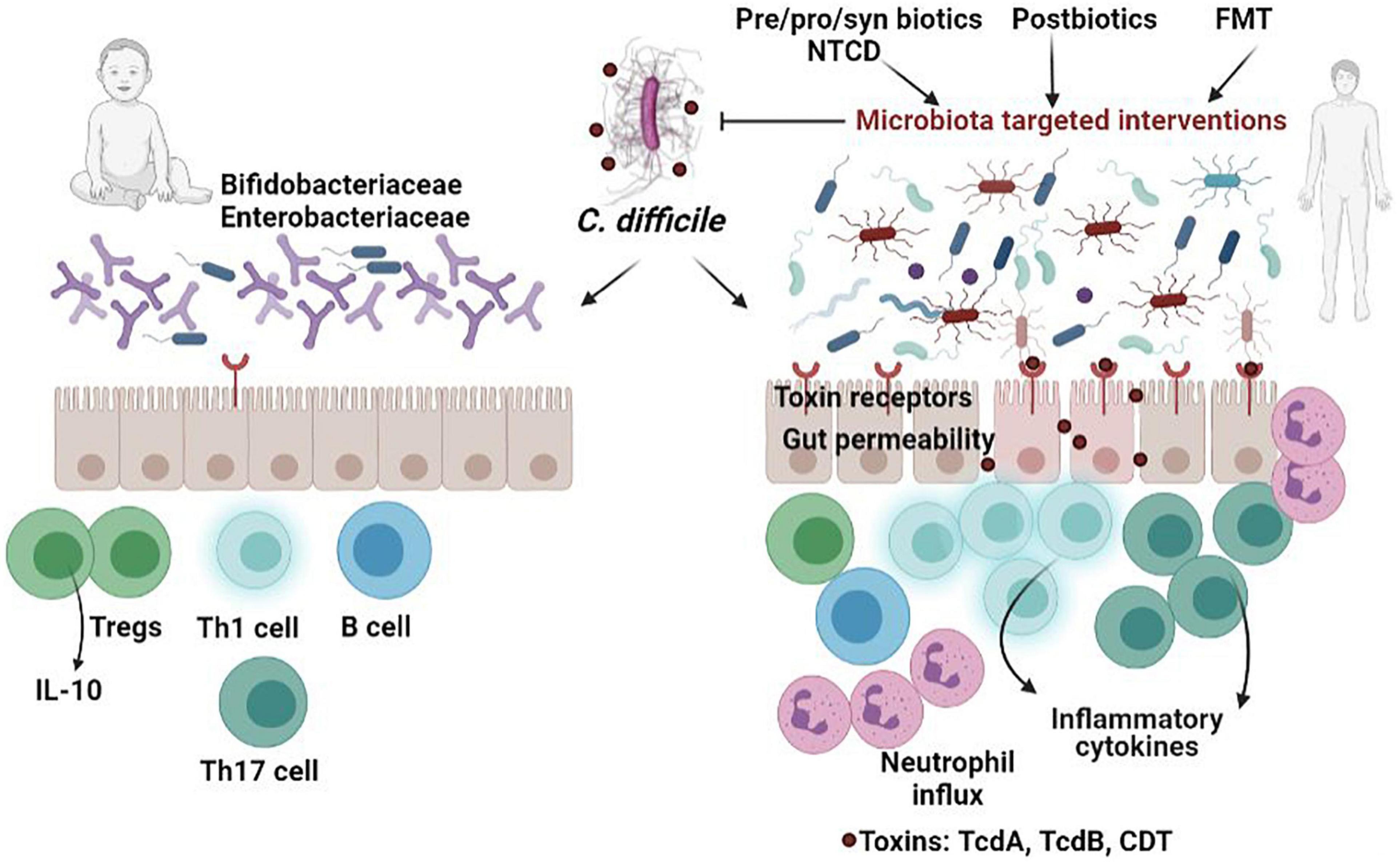
Frontiers Gut Dysbiosis And Clostridioides Difficile Infection In Neonates And Adults Microbiology

Clostridium Difficile C Diff Infectious Dis Medbullets Step 2 3